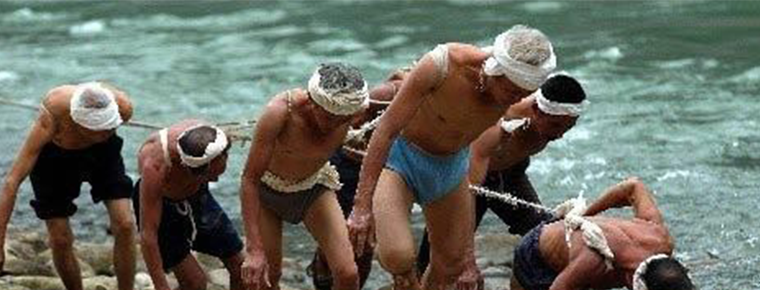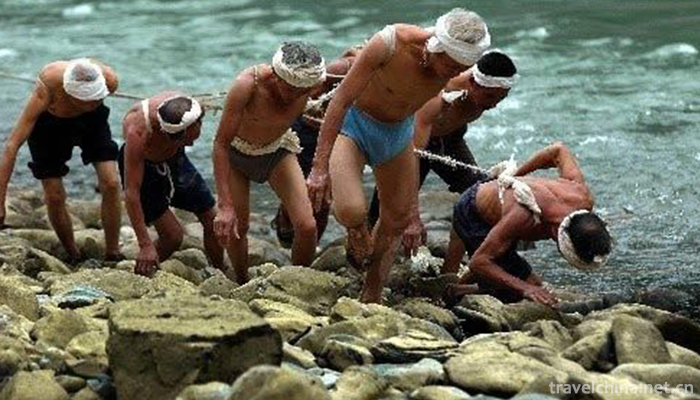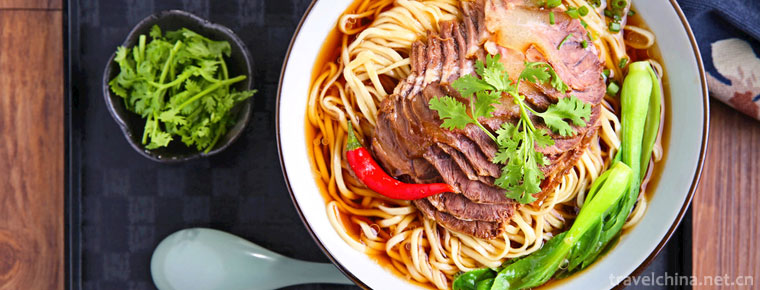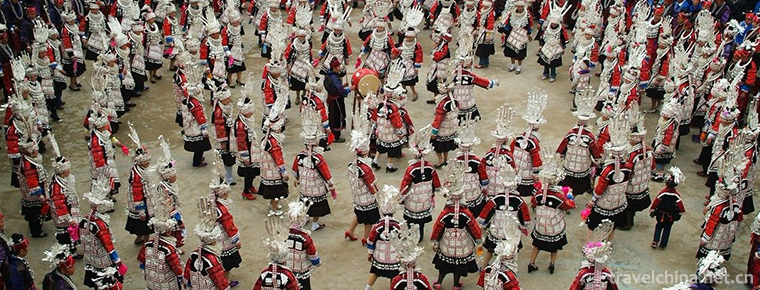2018-10-12

- By ChinaWiki.net
- Chinese Edition
- 2019-05-05
River chant
River chant is a traditional folk song spread in the Yellow River and the Yangtze River valley. In ancient times, when people were fighting with nature, they shouted; when harvesting, they happily knocked on stones and sticks, and gave out cheers and singing sounds, forming the "embryonic" of the earliest folk song, the labor chant. The slogan originates from and serves labor. It is not only the tool of labor, but also the eulogy of labor. Its cultural connotation and social function are obvious. Some slogans express the complex feelings of workers, some reflect the characteristics of geographical environment, and some describe folk customs.
On June 7, 2008, Jianghe Channel was approved by the State Council to be included in the second batch of national intangible cultural heritage lists.
brief introduction
The singing way of the chant is mainly "collar, close" type, that is, one person leads, all people gather; or all people lead, all people gather. In the slower pace of labor, the "collar" sentence is longer and the "combination" sentence is shorter. In the more tense labors, the leading and closing sentences are short in divination. In addition, in most cases, after the lead sentence is sung, the chorus is sung again, but there are also choruses entered before the end of the lead sentence, thus the two voices form an overlapping state.
historical origin
The unique charm of the chant has had a brilliant page in the history of modern music in China. For example, in the Yellow River Chorus, which was born during the Anti-Japanese War, the first movement "Yellow River Boatman's Song" adopted the form of labor chant. Its distinctive national style, strong breath of life and artistic appeal greatly stimulated the national spirit. In recent years, "Chuanjiang Chant" and "Yellow River Chant" have been listed in the national intangible cultural heritage list by the State Council to protect and inherit.
The Yellow River horn belongs to a kind of labor horn. Our ancestors cooperated with each other in the struggle against floods, and gradually formed a certain rhythm, a certain regularity and a certain undulating sound (horn). The Yellow River horn was born in the sound of our ancestors "Hey, Hey, Hey".
In the course of harnessing the Yellow River, there are different types of work, and the number of the Yellow River is also divided into many categories, such as emergency call, ramming call, boatman call, earth call, tie pillow and push pillow call, and so on. There are different schools in different regions, and all kinds of call are colorful and contentious.
According to the Record of Song Shi Hequ, "Where hundreds or thousands of people use Dingfu to sing in chorus, they accumulate in humble places, which is called"chorus". This kind of"chorus"is the chant.
Representative works
The Yellow River emergency trumpet, Tujia trumpet and so on.
Inheritance significance
A good slogan of the Yellow River, with healthy content, fresh style, elegant words and sentences, passed down from generation to generation, is deeply loved by the masses. Especially since the founding of New China, the content of the Yellow River slogan is more abundant and healthy. It's not only singing and smoothing, but also full of literary color. It is more valuable to integrate the significance of Yellow River control work, how to ensure the quality and standard of the project, the attitude of the owner and the construction status into the Yellow River slogan. It has become a good textbook for self-compiling, self-shouting, self-pleasure and self-education of the masses and a true record of its construction. For example, there is a sentence in a blockbuster's slogan: "The sun rolls down the West hill, birds throw trees and tigers back to the mountain." All the traveling guests live in hotels, and thousands of families close their doors. In the era of sunrise and sunset, thousands of families closed their doors and rested. Only ten thousand horses on the construction site of Yellow River Control reflect objectively the great hardship of Yellow River Control. The rhyme of the Yellow River horn is beautiful, the construction site is hot, the singing is tremendous, outsiders are also happy to appreciate. On the village road near the construction site, from time to time, children's Milky singing: "Hey, hey, hey", shows its strong appeal.

Ask a Question
Your email address will not be published.



0 Questions